Independent non-profit organisation World Monuments Fund has tied up with the Archaeological Survey of India to restore some of Agra’s stunning Mughal-era gardens
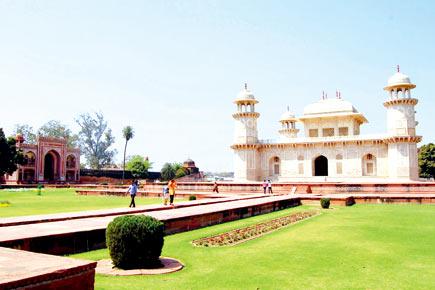
Q. How and why did World Monuments Fund (WMF) get involved with restoring the Mughal Gardens in Agra?
A. Since 1996, when the Taj Mahal was placed on the World Monuments Watch, WMF has followed closely the issues regarding the conservation needs of the Mughal gardens across the river. Beginning in 2012, there were preliminary discussions about the possibility of WMF developing a project in collaboration with the Archaeological Survey of India (ASI).
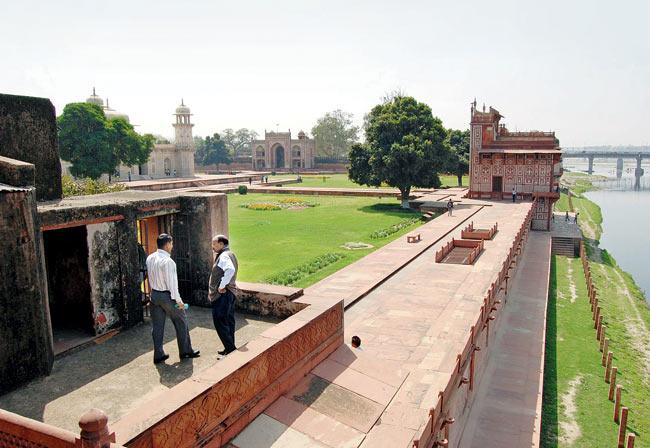
At the Mughal Garden site in Agra, the garden of the tomb of I’timad-ud-Daulah, March 2014. PIC COURTESY/Mark Weber, World Monuments Fund Provenance
Q. What were some of the immediate concerns and challenges that you observed after inspecting the spot?
A. Some challenges are common to all projects, such as investigating the sources of damage, determining how best to present a site to the public, and how to improve public access. In the case of the Agra gardens, their importance is clear, but as the river front has developed over the last century, the gardens have not always received the full attention they deserve. They are well documented, which facilitates the ability to analyse current conditions and develop a conservation plan. There is also the issue of ever-growing tourism at the Taj Mahal. The conservation of the gardens will provide a venue for tourists as well as local residents.
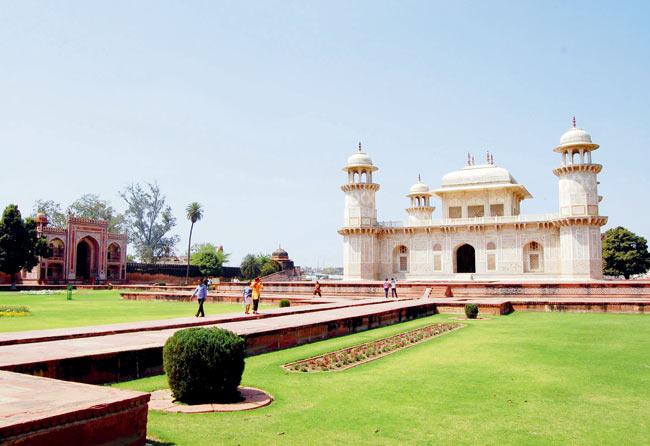
The Mughal Gardens site in Agra. Seen here is the garden of the tomb of I'timad-ud-Daulah, March 2014.PIC COURTESY/ Mark Weber, World Monuments Fund Provenance
Q. How did the ASI come into the picture?
A. ASI is the Indian government agency responsible for the care of the gardens. WMF could complete the project only in collaboration with ASI.
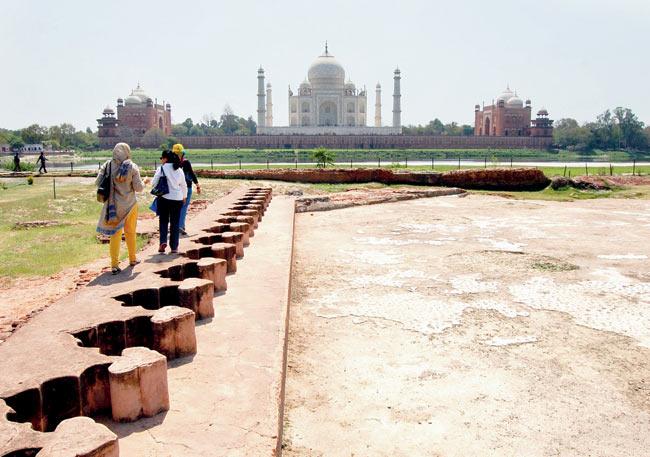
A view of the Mehtab Bagh site with the Taj Mahal in the background. PIC COURTESY/Mark Weber, World Monuments Fund Provenance
Q. You mentioned that Harvard University’s Graduate School of Design is also an organisation that WMF brought into the project; tell us about their input for the same.
A. Rahul Mehrota of Harvard’s Graduate School of Design is an expert on the Taj Mahal and its environs. He was deeply involved in conservation and research activities at the Taj Mahal and is knowledgeable about the Mughal gardens in Agra. WMF often seeks to provide opportunities for graduate students to participate in WMF’s work when appropriate.
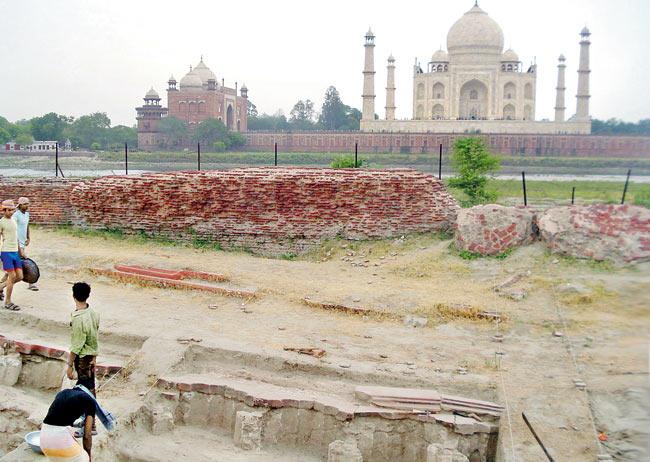
Site of the Agra Mughal Gardens where the ongoing scientific clearance work is in progress at Mehtab Bagh, June 13, 2014. pic courtesy/WMF Provenance
Q. The Agra project is one of WMF’s 50th Anniversary ‘priority projects’ that will get a special focus for fundraising efforts. Why is it a priority project?
A. WMF selected a group of projects for the 50th Anniversary that are geographically diverse, but share an ability to capture the public’s imagination about the many ways in which conservation of historic sites offer opportunities for greater public engagement and awareness of the ways in which these special places enrich
our lives.
Q. The restoration work dates to structures that belonged to the Mughal era — one that is known for its skilled craftsmanship. What special precautions and research was needed to this effect?
A. WMF and ASI are undertaking archival research, physical analysis of current conditions, and geo-technical research. WMF and ASI have assembled a highly qualified and experienced team that is currently engaged in this work. Every project requires caution, patience, and the ability to deal with the surprises that always arise with historic sites. The conservation program always reveals information about past interventions and changes over time. The greatest precaution is to be patient and never hesitate to ask questions to colleagues, experts, and local workers, who know the site intimately.
Q. What is the other work that WMF is doing in India?
A. WMF is continuing its work at Jaisalmer, Balaji Ghat in Varanasi, Osmania Women’s College in Hyderabad, and Hampi.

Lisa Ackerman, Executive Vice President & COO, World Monuments Fund
Q. Are there any other sites and structures in India that WMF intends to work around, in
the future?
A. We hope to develop a conservation programme for the Keneseth Eliyahoo Synagogue in Mumbai and the house of Shaikh Salim Chishti in Fatehpur Sikri.
 Subscribe today by clicking the link and stay updated with the latest news!" Click here!
Subscribe today by clicking the link and stay updated with the latest news!" Click here!









